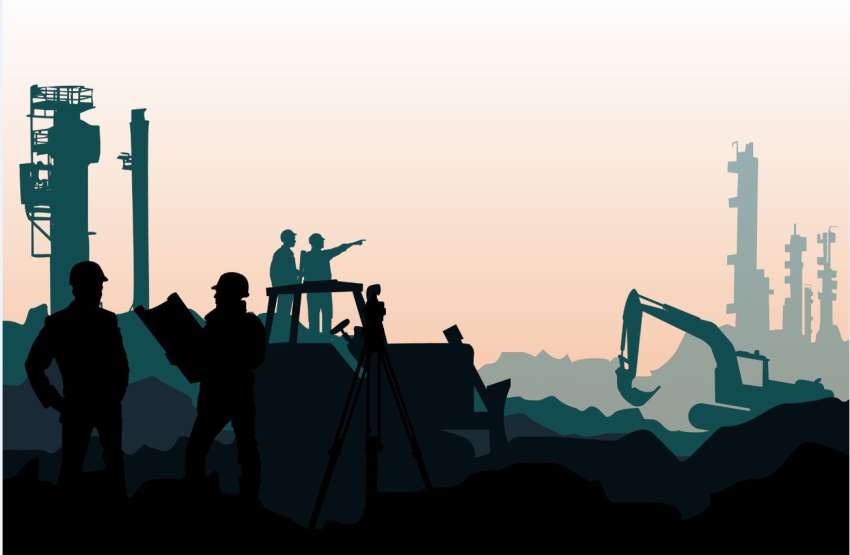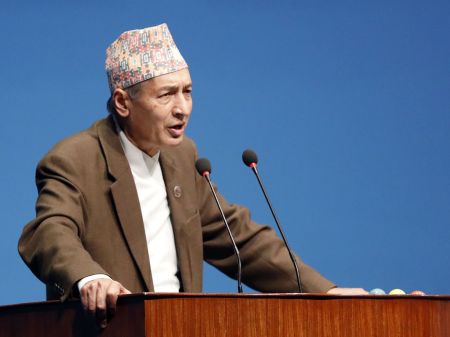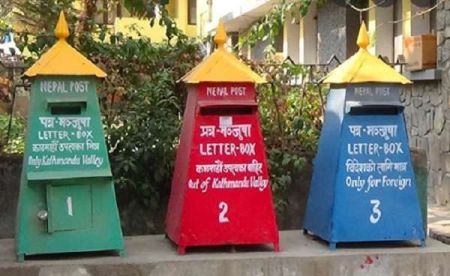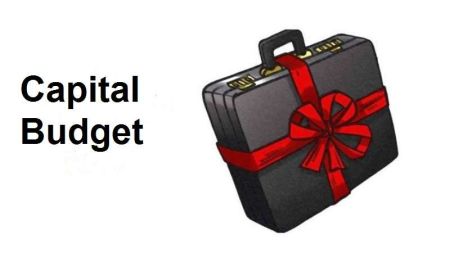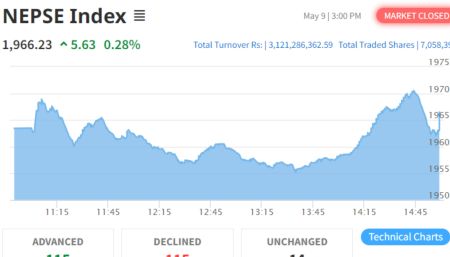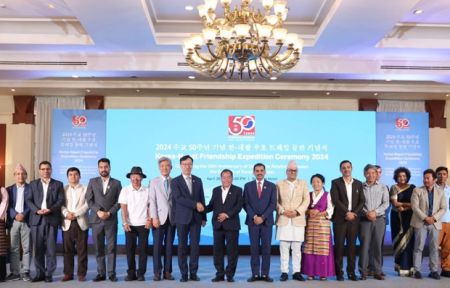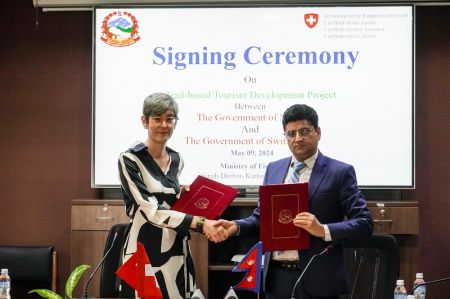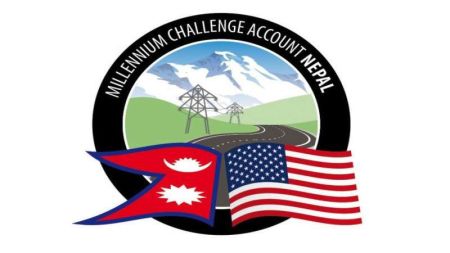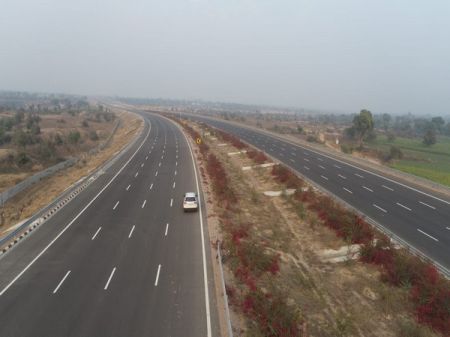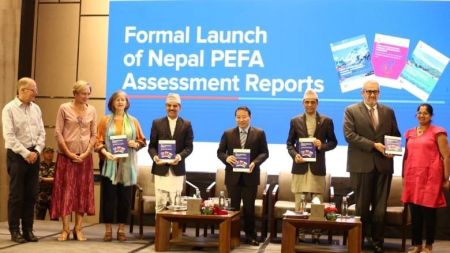The government has consistently struggled to spend its capital budget
BY Prof dr. Kamal Raj Dhungel
Capital expenditure (CapEx) is the allocation of public funds towards tangible assets, such as roads, airports, buildings, bridges, furniture, land, computers, and software. It is a long-term investment on particular assets that typically have a lifespan of over a year. The development of a country hinges on the strategic utilisation of public funds, including when and where they are invested. CapEx is commonly employed to generate employment opportunities, improve living standards, and foster overall national development. Expenditure Trend Expenditures made through government agencies are updated daily. According to the Financial Comptroller General Office, under the Ministry of Finance, the capital expenditure for the first half of the fiscal year 2022/23 stands at 14.05%. In comparison, the figures for the same period in the preceding two fiscal years were 13.44% (2021/22) and 14.04% (2020/2021). Over the first 10 months of the current fiscal year, as of May 2, the capital expenditure has reached 36.91%. It has become a customary practice for development funds to be injected into the economy during the last quarter or month of a fiscal year. In the current fiscal year, 77% of the allocated CapEx budget is planned to be spent in the remaining four months. Expenditure patterns over the past three decades reveal that 40% of CapEx is typically spent in the final month of the fiscal year. Consequently, there is less time available to complete assigned development tasks. Contractors responsible for these projects face the pressure of completing tasks within the given timeframe, as their payment is contingent upon task completion. If a task remains unfinished, the contractor will not receive the necessary funds from the relevant authority.
Corruption Transparency International, a global organisation leading the fight against corruption, publishes the Corruption Perception Index (CPI) every year. It defines corruption as "abuse of entrusted power for private gain." The CPI ranks countries worldwide based on their perceived levels of corruption in the public sector. The ranking is done on a scale of 0 (highly corrupt) to 100 (very clean). Countries with CPI values ranging from 0 to 49 are considered part of the most corrupt group. As of 2022, Nepal has a CPI value of 34. Nepal's ranking in the Corruption Perception Index (CPI) improved from 113 in 2019 to 110 in 2022 out of 180 countries. However, corruption remains widespread and rampant in Nepal. The country falls within the group of most corrupt nations based on the CPI. The government, regardless of the political parties in power, is expected to safeguard state assets and allocate public funds through the annual budget to uplift the living conditions of the population. Unfortunately, corruption and bribery of public funds are prevalent at all levels of government, including the central, provincial, and local levels. There is a common occurrence of misusing public money, especially funds allocated for infrastructure development such as roads, power, bridges, and other construction projects, which are syphoned off for personal gain. Politicians, technocrats, bureaucrats, intermediaries, and contractors all have their own coterie to facilitate large-scale corruption. Low quality of development work Due to pervasive corruption and the short timeframe for task completion, there is a lack of trust in the quality of development projects. Many believe that these projects will deteriorate within a span of 4-6 months after completion. An example of this is the journey to Mainapokhari in Dolakha district, which I recently undertook. Less than a year ago, the section of the Lamosagu-Jiri road, specifically Khadichaur-Charikot, was being constructed to have a permanent blacktop. The project was completed in six months. However, today, not only myself but anyone eager to visit can witness numerous sections of the road in a dilapidated state, filled with mud and dust. The road has various damaged parts throughout, highlighting the poor quality of construction despite the significant investment of public funds. It is unclear what exactly went wrong with such subpar construction work. It could be attributed to technical inefficiencies or the use of inadequate construction materials resulting from corrupt practices and bribery. Neither the contractor nor the relevant government organisation takes responsibility for such low-quality work. This serves as a demonstration of how public funds are misused. These are common sights across the country. Conclusion Historical trends reveal that the government has consistently struggled to spend the allocated funds within the designated fiscal year and has often delayed the timely release of funds for the intended purposes. A significant portion of the capital expenditure, around 40%, is typically invested in the last quarter, particularly the final month, of the fiscal year. This pattern continues in the current fiscal year as well. In the past 10 months, approximately 36% of the capital expenditure has been utilised, leaving the remaining amount to be spent in the final four months. This raises the question: Why does this happen? It appears that there is a pervasive culture of corruption throughout the governance system, from the central to the local level. The short time frame provides an opportunity for easier and more comfortable misuse of public funds. Corruption networks are often established in advance, ensuring that contracts are awarded to individuals already involved in corrupt practices. This prevents capable and efficient individuals from securing contracts. Furthermore, deliberate delays in the timely utilisation of funds are orchestrated for corrupt purposes in specific development projects. These contractors may be incapable for the assigned tasks, resulting in low-quality development work. However, regardless of the sustainability of the projects, public funds continue to flow into them, whether they are maintained for the long term or deteriorate within a short period of time. (Prof Dr.Dhungel is an Economicist)


